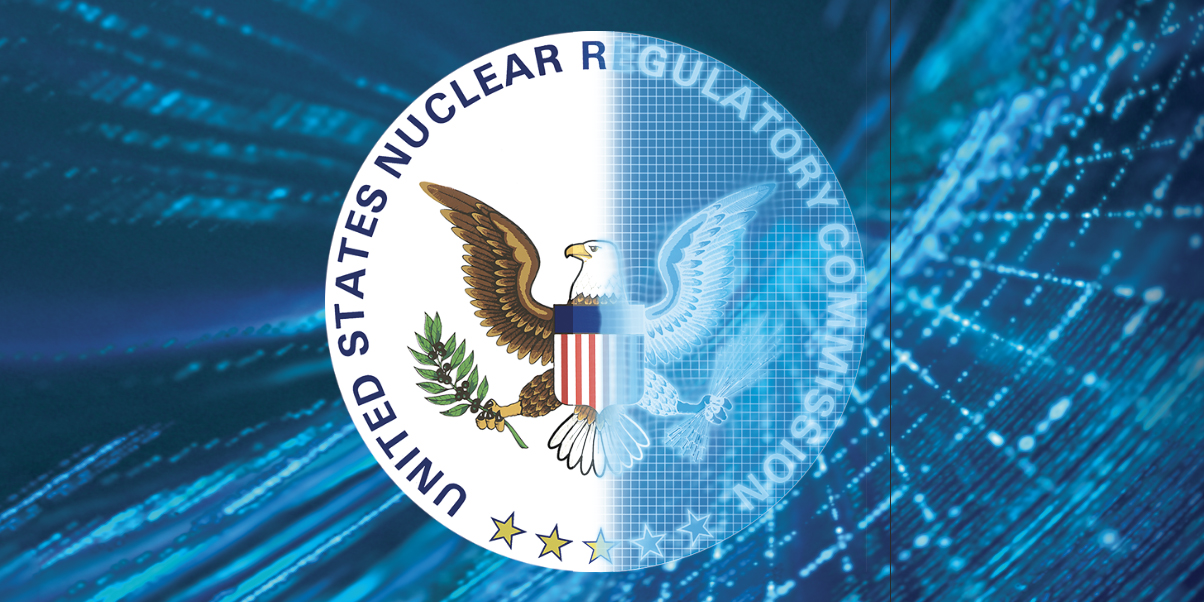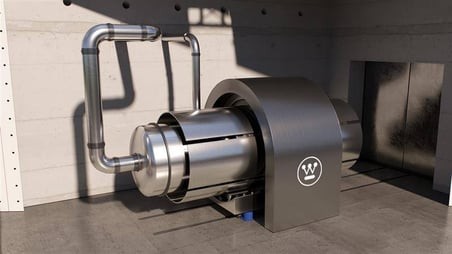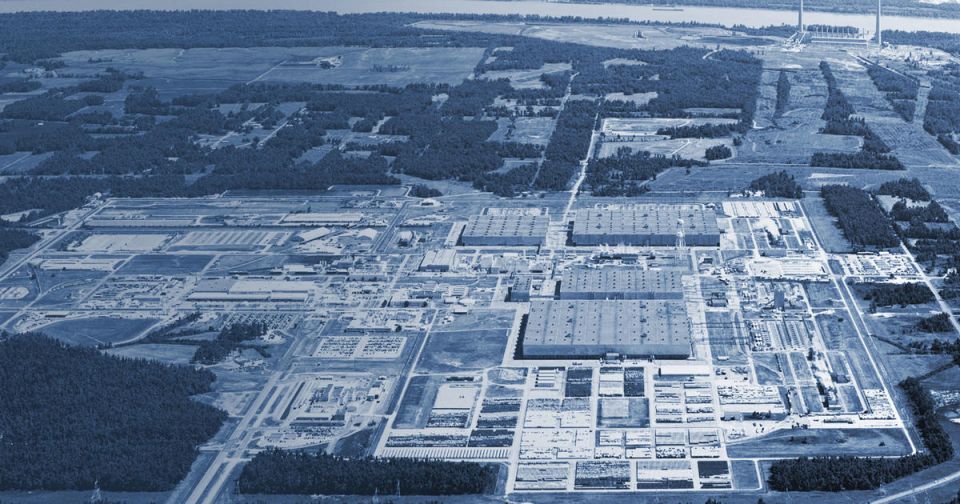NRC commissioners approved a final rule on September 4 that will eliminate license terms for research reactors and medical therapy facilities licensed under 10 CFR 50.21(a) or (c), meaning they will no longer need to apply for renewed licenses to continue operating. Instead, they will be required to update their final safety analysis reports every five years to maintain a current licensing basis.
The NRC currently licenses 28 operating research reactors, mostly at universities, that fall into this category. This rule does not change the license renewal process for commercial nuclear power plants.
Details: According to the NRC, NPUFs that qualify as commercial or testing facilities (licensed under 10 CFR 50.21(c) and 10 CFR 50.22) will continue to have finite license terms. The final rule clarifies the license renewal process for these facilities.
The NRC currently licenses one testing facility, at the National Institute of Standards and Technology in Gaithersburg, Md., and has issued a construction permit for a second, the Kairos Power Hermes test reactor in Oak Ridge, Tenn. The agency also has issued a construction permit to SHINE Technologies to build a commercial medical isotope production facility in Janesville, Wis.
The final rule will also revise the definition of a testing facility. Currently, any NPUF capable of producing more than 10 megawatts of energy is considered a testing facility. According to the NRC, this prescriptive criterion will change to a more risk-informed standard of an accident dose rate of greater than 1 Rem.
Quote: In approving the rule, NRC chair Christopher Hanson commented, “[NPUFs] form an essential part of the nation’s nuclear infrastructure and they include research reactors, test facilities, and radioisotope production facilities. Ensuring an efficient and effective regulatory framework for NPUFs is crucial as the roles of these facilities will likely expand to support the nation’s growing development of new nuclear technologies. I thank the staff for providing this draft final rule for commission consideration, which assures the regulatory framework is commensurate with the risks associated with these facilities, consistent with the Atomic Energy Act.”







